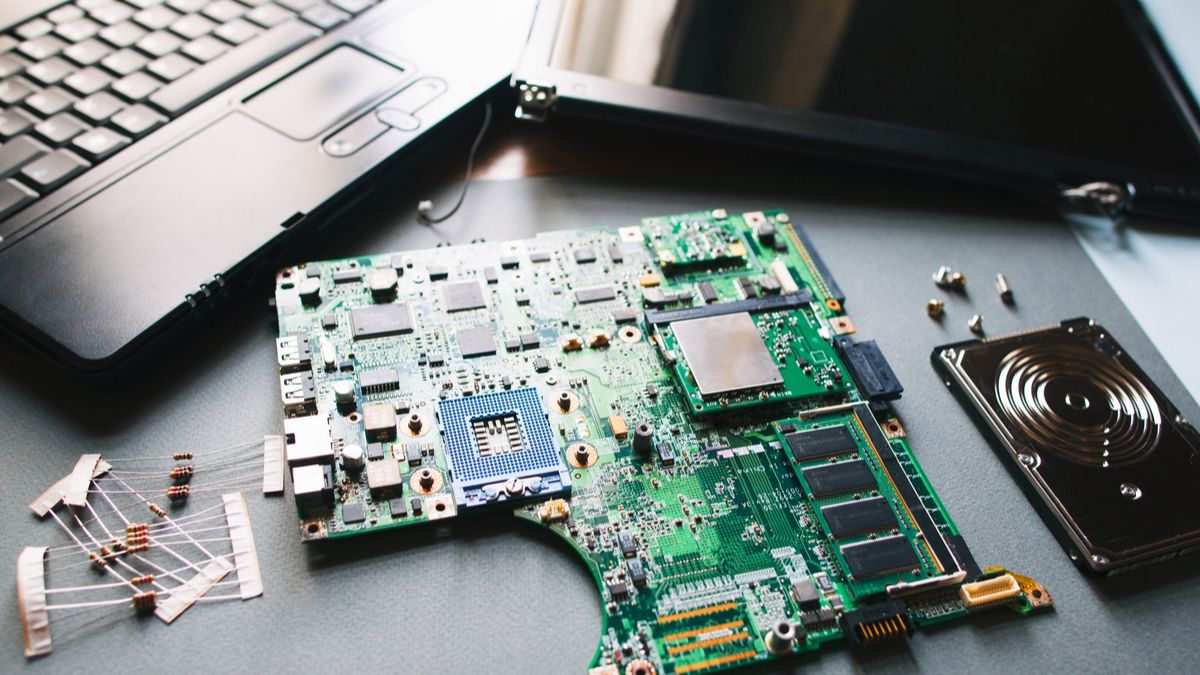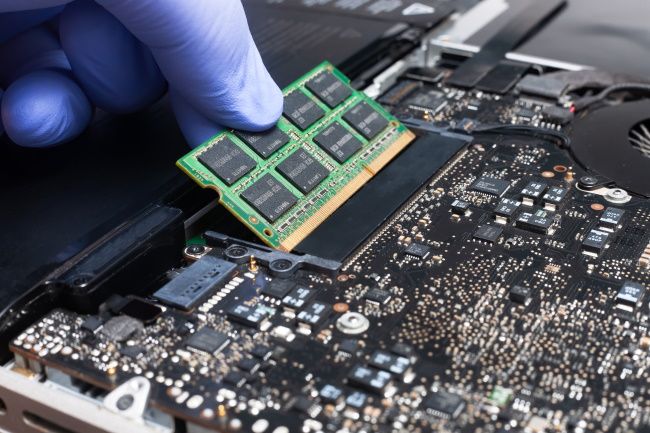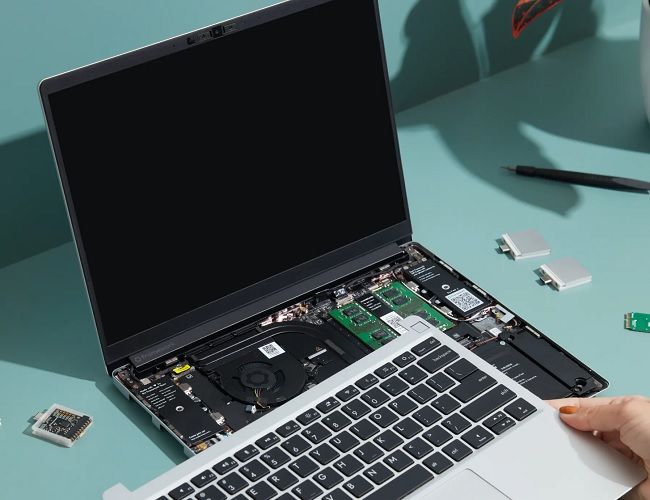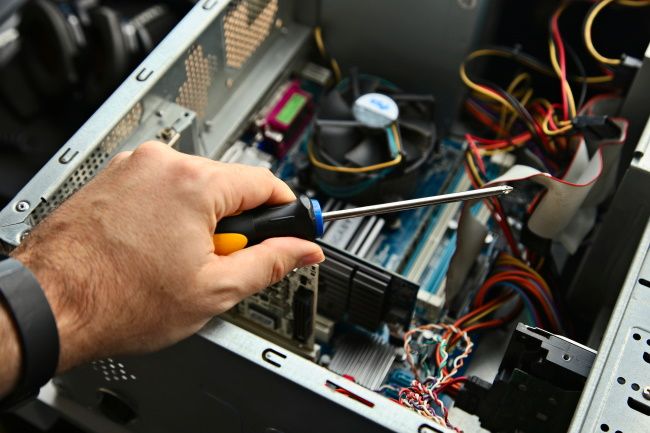Quick Links
A modular laptop allows upgrades and changes to components without buying a new computer. It's an enticing idea and desktops already work this way, but the realities of laptop design make it unlikely that fully modular laptops will be mainstream.
Mainstream Laptops Are a Little Modular
When we talk about a modular laptop, we're specifically referring to laptops that have high levels of modularity. Modularity exists on a spectrum of possibilities. There are laptops with zero modularity, such as the M1 MacBook Air. You better be sure that the storage and RAM specifications on the laptop are what you want because there's no way to change or upgrade them.
Then we have a more typical level of modularity that most modern laptops have. It's normal to have upgrade options for storage and memory. However, in most laptops, the main performance components, the CPU and GPU, are soldered directly onto the motherboard. They are not designed to be removed or changed.
Laptop makers have tried to find a common standard for upgradable GPUs. It's called "MXM" and it's a standard GPU module that can be swapped out for another. If your laptop uses the MXM standard for its GPU, you may actually have the option of upgrading. In practice, MXM modules are usually only available from the laptop maker directly and come with such a high price tag that it's not a practical option.
MXM also seems all but dead in the water, with the last MXM modules produced in 2019, featuring the mobile GPUs from the RTX 20-series product line.
There have also been a few laptops that use a socketed desktop CPU, making CPU upgrades feasible. These tend to be workstation-class laptops that aren't so much mobile as portable, so that hasn't been a mainstream solution either.
Meet the Fully Modular Laptop
The idea of a fully modular laptop has been around for a while and we've seen some interesting attempts at bringing modularity to mobile computers, but the Framework laptop is perhaps the first laptop you can buy that really measures up to the idea of a fully modular laptop.
The promise of the Framework is a thing and light laptop that's fully customizable. You can even get the "DIY Edition" and put together exactly the laptop you want. This sounds amazing. If any of your components ever break, you can buy a replacement from Framework. If they make better-performing parts, you can upgrade what you have.
On paper, this seems like the perfect laptop, but there's at least one glaring problem. You have to buy any modules from Framework. There's no open market for modules that will work in their system. This isn't Framework's fault, of course, they've solved a long list of technical challenges to get to this point. However, if the company ever goes out of business your modular laptop very quickly becomes a non-modular one in the sense that your supply of modules will be cut off.
The Standardization Problem
In an ideal world, Framework's laptop would serve as an exemplar of how to make a laptop that's modular. Other third-party companies would start making modules that are compatible with it and eventually, several major laptop makers would agree to a similar standard and the industry would fall in line.
In reality, there would have to be massive demand for the Framework laptop or one similar to it before the laptop market would shift in this direction. Modular laptops are solving a problem that the laptop industry doesn't have and as long as users also don't have this problem, modularity won't be a high priority.
Desktop Modularity Wasn't Easy
While we take standard desktop PC components for granted these days, getting to these points wasn't a smooth or easy process. In the early days of the personal computer, everyone did their own thing. Think of computers like the Apple II or the Commodore 64. They existed within their own hardware ecosystems.
With the advent of computers like the IBM PC and IBM PC clones, we eventually reached the open PC hardware market of today. Industry players fund the development of standards when it comes to motherboards, expansion cards, and computer cases. Despite this, there are still problems, as anyone who has tried to fit a too-long GPU card into their PC can tell you.
That's not to say there are no laptop hardware standards. There have been many standards for laptop components over the years and that's still true today. Laptop RAM modules, 2.5" drives, and PCMCIA cards are all examples of this.
Laptop Designs Are Tough to Standardize
One of the reasons it's hard to create standards for laptop hardware is that laptops are a tough design challenge. A laptop designer has to figure out how to manage thermals, power, weight, and ergonomics in such a way that you've actually got a usable computer that fits in a backpack or shoulder bag.
Ultimately, the easiest way to do this is by customizing your hardware to the exact needs of the design. Laptops have to fit into places desktop computers don't and they are both a computer and an ergonomic object.
Full Modularity May Mean Worse Laptops
Another important point to consider is that laptop makers compete intensely to fit more power into smaller and lighter computers. If modular laptops became standardized enough for mainstream adoption, this race to push mobile computers to the limit would be more limited.
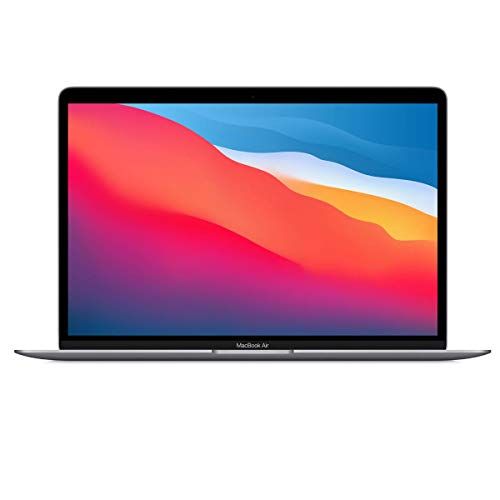
Apple MacBook Air M1
The M1 MacBook Air packs nearly all of the performance of its MacBook Pro sibling, but at a much lower price and without any possibility of fan noise.
In other words, we'd have to choose between laptops that are easier to upgrade, repair, and use for long periods of time, as opposed to laptops that are incredibly thin and light, but practically disposable. Looking at how popular ultrabooks with zero modularity are, that doesn't seem like a sacrifice most people would want to make.

